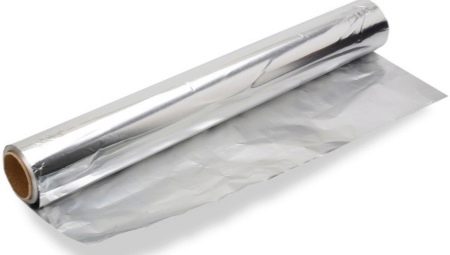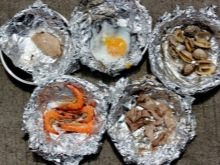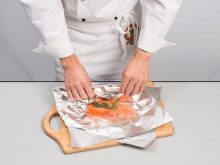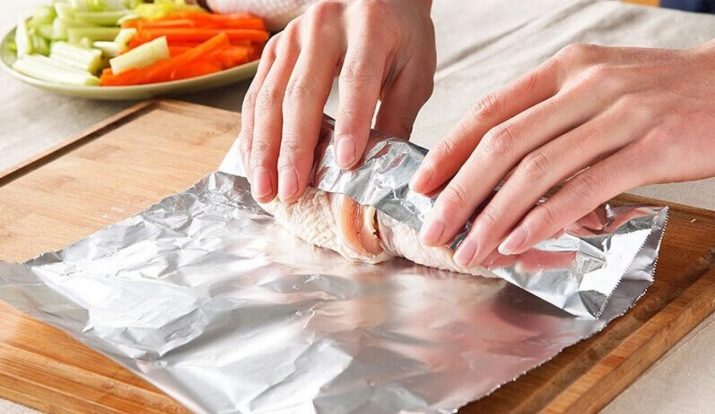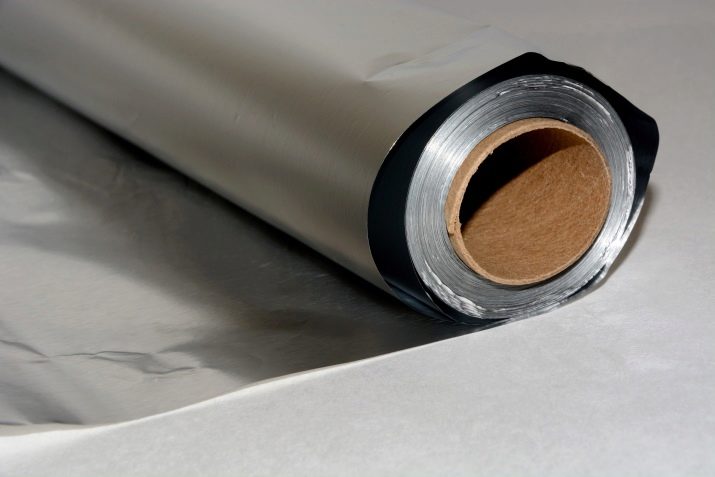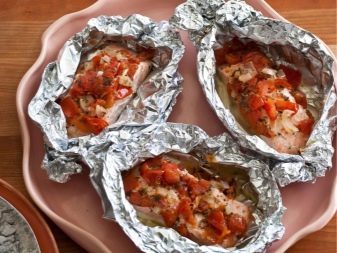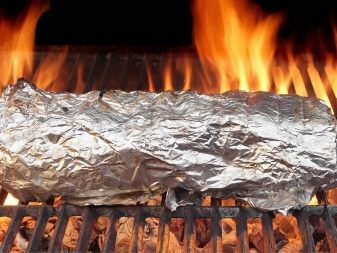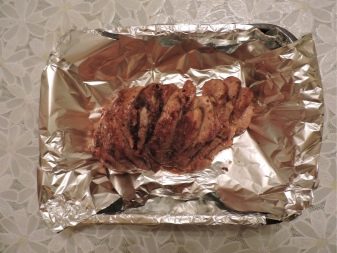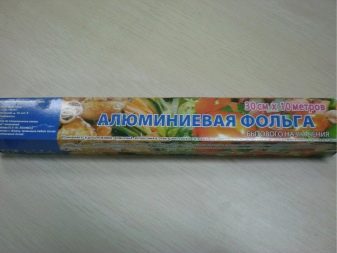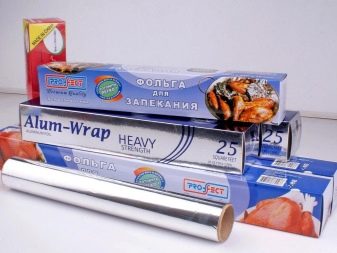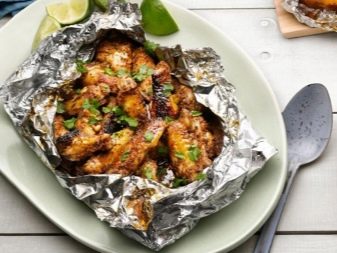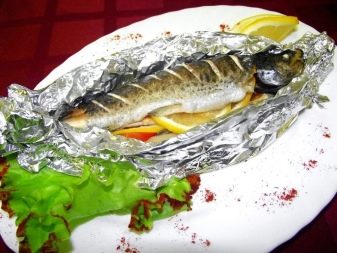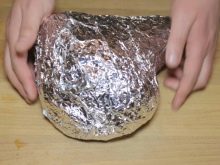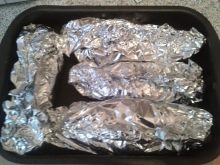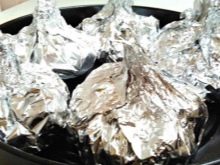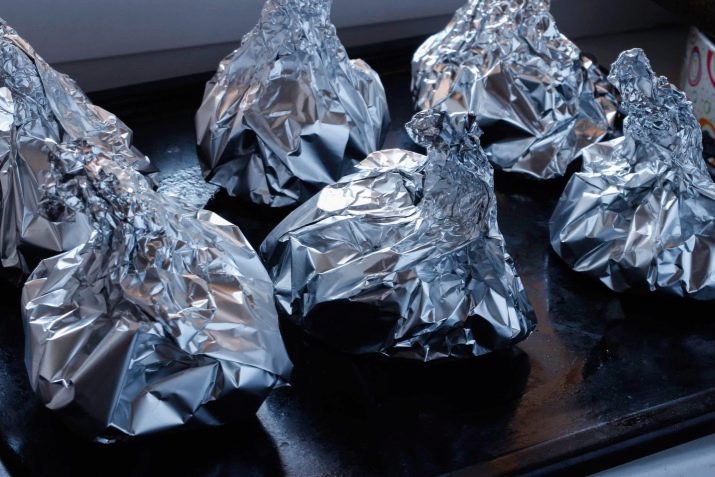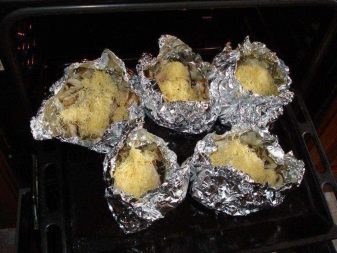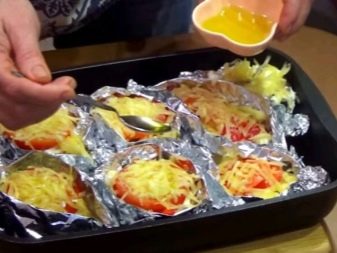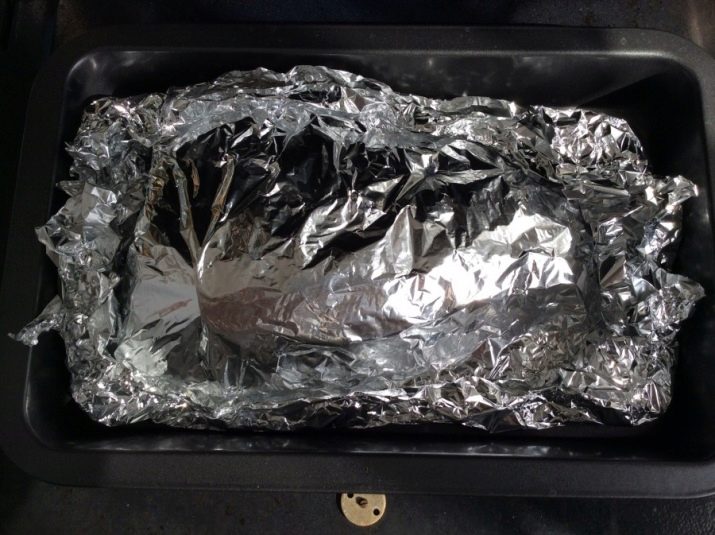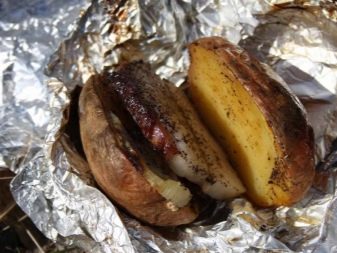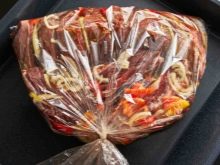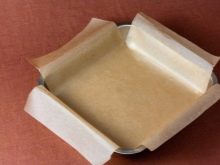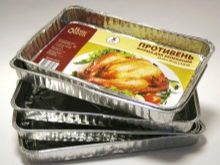Foil can be found everywhere. Not without it and in the culinary business. Since the invention, the foil not only helps to cook products efficiently, but also to store them correctly. Everything is explained by the mass of useful properties and features. Thanks to this, all dishes cooked with foil will be tasty and fragrant.
Features
Foil is a thin metal sheets, similar in thickness to paper. On the one hand the sheet will be brilliant, and on the other - matte. This is due to the peculiarities of its creation. Foil is made of aluminum, and a large proportion of this production falls on food. To do this, aluminum ingots pass through the rolling mill - in it they are repeatedly passed through the rolls and their thickness decreases.
In order to get the foil in the usual form for us at the last stage, two blanks pass through the rolls at the same time - that is why one side is more brilliant.
After trimming it is wound on plastic or cardboard tubes. Most often, the finished roll is wrapped in film or packaged in oblong boxes.
Food foil has the following properties:
- it is easily bent, wrinkled and takes on any conceived shape, but at the same time remains fairly durable;
- resistant to corrosion, therefore it can come into contact with products;
- opaque, saves contents from ultraviolet rays;
- heat resistant (this applies to both positive and negative temperatures);
- when used properly, it is absolutely safe for humans, does not contain toxins and other harmful substances;
- environmentally friendly (it can be disposed of without harm to nature).
Benefit and harm
Useful properties of foil manifest as follows:
- it is fully capable of replacing baking dishes, storage containers and many other kitchen appliances;
- it is convenient to use it - wrapping and extracting products does not take much time;
- food cooked in foil can be prepared without oil, so it can be safely included in the menu of proper nutrition, so the products retain maximum useful properties;
- cooked in foil products do not lose their taste, do not change the smell;
- it speeds up cooking and keeps dishes clean, saving time and effort;
- does not harm the human body and the environment.
About the dangers of the foil goes a lot of myths. However, they have no practical evidence.
Many draw an analogy between aluminum foil and dishes made from the same material. The possibility of oxidation when exposed to salts and acids is alarming.
In this regard, it is forbidden to cook and store smoked meat, meat or fish in sauces, some fruit in foil. However, this is possible only in conditions of strong concentration and long shelf life. You can find a lot of experience when in contact with meat, pickled in vinegar, from the coating of the foil there was no reaction. Fear causes the accumulation of aluminum in the human body. But with this you can argue. Even with frequent use, only a small amount of aluminum can get into the body and there will be no harm from it.
How to choose?
To avoid mistakes in the process of purchasing baking foil and not be disappointed during use, It is necessary to pay attention to a few nuances.
- The length and width of the canvas from different manufacturers are the same, but the thickness may vary. This value does not affect the quality of the food or the cooking time, but a thin sheet is much easier to damage. To avoid this, it will take several layers, the roll will be spent uneconomically.
- Important qualities for any foil are strength, shape stability and resistance to burning of products. If the roll rolls well and does not break, the convolutions do not unfold spontaneously, and the food does not stick to the surface of the sheet - the quality can be called good.
- In stores you can find different names - for grill, for baking, food, universal. If it is different in its properties, it is insignificant. Any of the presented varieties can be used for storage and preparation of products.
- Some manufacturers produce products with non-stick effect, matte on both sides or even embossed. But practice shows that all these innovations are no different from the traditional version.
- Price spread also confuses buyers, because the cost can be measured in tens and in hundreds of rubles. Despite the bright packaging and attractive advertising, you should not overpay - inside the same.
How to use foil?
In foil, you can cook various types of meat, chicken, fish and vegetables. With the help of metal sheets, they can be easily baked in the oven or the slow cooker. Foil reduces cooking time in a frying pan or grill several times, and the products are prepared in what is called “in its own juice”. If the pan, pan or other container has a special coating, cooking is possible, but the actions should be as accurate as possible. And also it is worth remembering that such products are strictly prohibited for microwave ovens.
The most popular use of foil is wrapping.
This can be done arbitrarily (tightly twist the sheet around the piece and press it) or make a kind of foil bag. To do this, follow a certain algorithm of actions.
- Cut a piece of foil twice the size of the product plus allowances on the sides. Metal cloth is easily cut with a knife or scissors. It can be torn and hands, and that the cut was smooth, you should use the edge of the table.
- It is believed that the matte side better passes heat, so it should be on top. Products are placed on half of the glossy side of the cut sheet and cover with the rest.
- To preserve tightness, all cuts must be pairwise joined and wound several times. If the foil is torn, there should be several layers - this is especially true for fish and bird carcasses with protruding parts.
- Next, the package is placed on a baking sheet. For convenience, all manipulations can immediately be done on it.
Metal sheets can also be baked in a baking tray. Put the glossy side up on it correctly, because food sticks to it less. But this situation is unprincipled, since it has long been proven that the difference in the absorption and reflection of heat between both sides is very small.
If the dish is not dietary, the sheet should be oiled.
You can make a full baking form from a metal leaf. For this you need a suitable container, on which several layers are applied at once. First you need to well knead the bottom, and then the sides. Next, the workpiece is removed and cut unnecessary edges. To make the form more accurate, they can be bent to the desired height. In the same way they make small molds, they can be both round and figured. So that the liquid does not evaporate and the dish is well baked, the form can be covered on top with an aluminum sheet - it will replace the lid. Such containers can be used for storage and transportation. The more layers - the harder will be the tray.
For portion dishes you can make foil bags.For this, products are placed in the center of the sheet, then the edges are raised and twisted for reliability.
Another option - the boat. For them you need to put a few rectangular sheets on top of each other. Then they should be tied from two sides, to form the bottom and walls. It is believed that the foil can be used on a fire or grill. But in this case, you need to be careful - foil can burn out on an open fire. Therefore, it is better to cook meat or vegetables on coals and closely monitor the process so as not to spoil the dish.
Should I pierce?
Theoretically, if you build a sealed container out of the foil and compress it on all sides so that there is no room inside for steam and liquid that appears, it can burst. But in practice, such cases are quite rare. After all, the seams, as they do not fasten, still pass air and steam. For peace of mind, you can make a couple of punctures, but only at the top.
To a greater extent, the question of the need for punctures depends on personal tastes and the desired result. The more openings for steam outflow, the less liquid will remain inside. But so the dish can turn out to be harsh and dry. And if you overdo it, it can burn at all.
If it is important to keep meat or fish succulent, they should be completely closed, piercing the foil covering them is undesirable.
In addition, in a closed container, cooking time is shortened.
Many complain that the dishes in foil do not look very attractive. Usually this problem is solved as follows:
- in the first stage, the foil is needed so that everything is well baked and left juicy;
- then 10–15 minutes before the end of cooking, the foil from the top can be removed completely or cut and moved to the sides; at the same time, the accumulated liquid from the bottom will not go anywhere, and the top will be reddened and will look more attractive.
What can be replaced?
If the recipe contains a foil, but it is not at hand or the roll has unexpectedly ended, you can get out of the situation using other accessories.
- As a sealed container suitable sleeve for baking. Unlike foil, it does not hold the form and requires fixing the holes on the sides with special clips. After cooling, the sleeve may stick to the baked products, so with their submission it is better not to hesitate. Holes for steam outflow in this case are required.
- You can use paper (parchment) to line the bottom of the tray or form. Products do not stick to it even without lubrication. Alternatively, you can use a rug - it is similar in properties to parchment paper, is reusable, but may not fit.
- Instead of constructing foil molds, spending time and effort on this, you can buy ready-made ones. Foil forms can be disposable or reusable. They can be used for baking confectionery, baking casseroles and even freezing foods.
In principle, instead of foil you can use the usual forms (open and with lids), pans, pans, pots and other suitable heat-resistant dishes. However, not all of them will be truly comfortable. In addition, dirty dishes with dried and burnt remnants of food is quite difficult to wash. Therefore, it is better to have several rolls of foil in reserve. In extreme cases, it is in almost any grocery or hardware store.
Which side of the foil to use when baking, see below.
